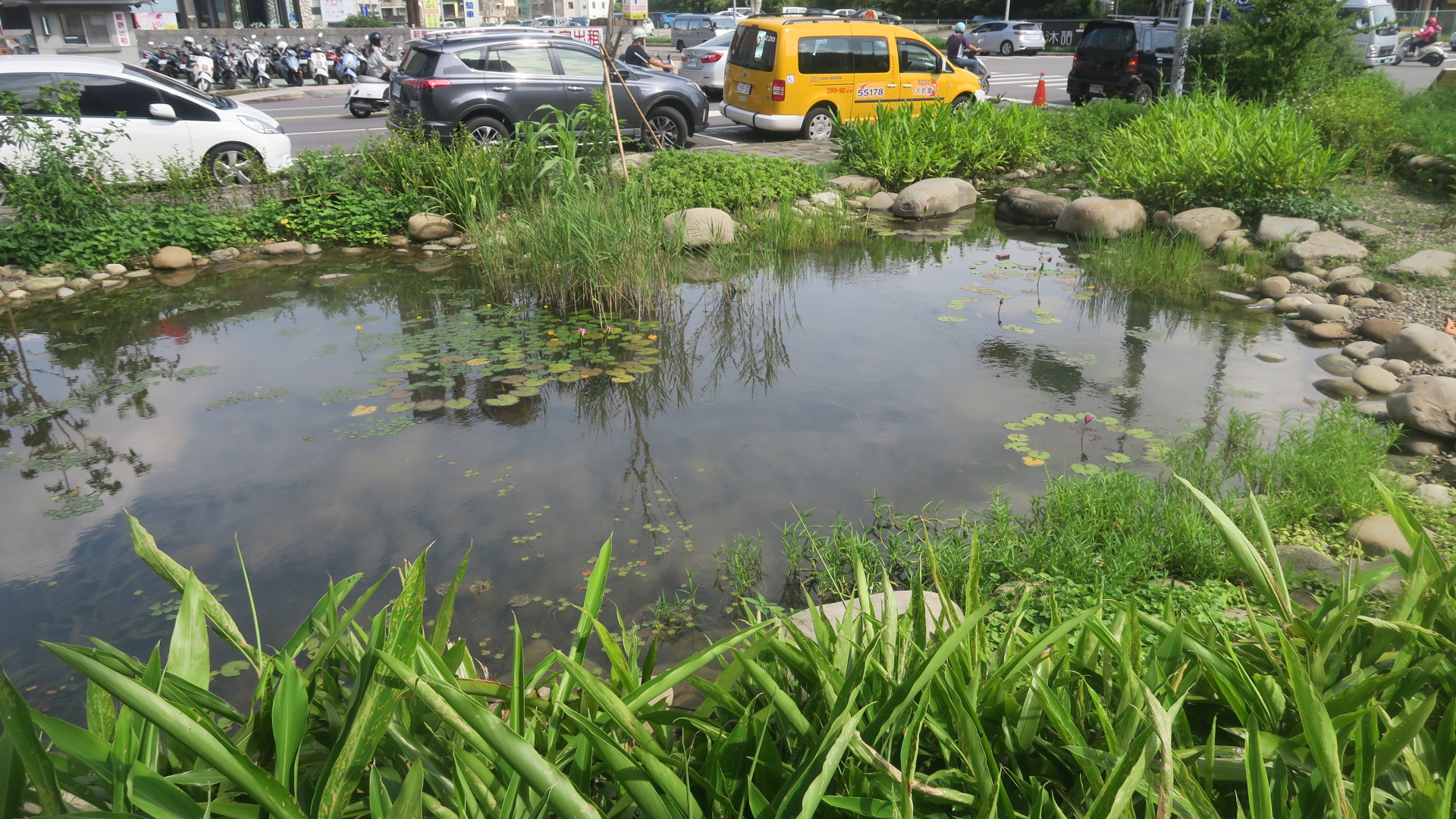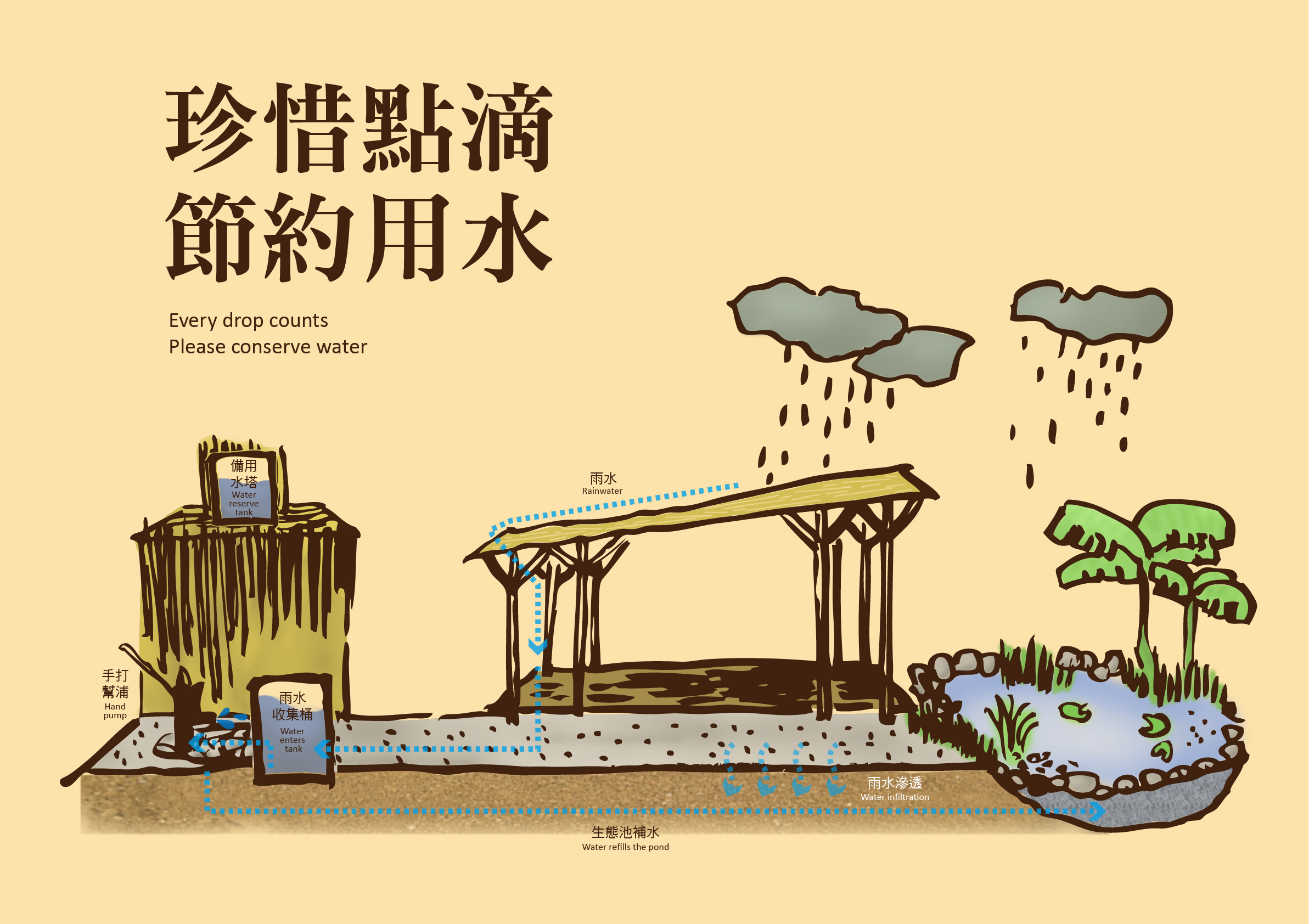


An urban food forest symbolizes the city's ability to be resilient regarding climate change and food security issues. Thus, this system must manifest resiliency in itself, with a minimal vulnerability (to diseases, environmental or governance issues) and a maximal autonomy (energy, nutrients, water resources).
The urban food forest relies little on external resources for water and nutrients. Rainwater is collected through a rainwater collection system and then reused to refill the pond, clean the tools, and water the plants. Deadwood, leaves, fruit peelings, or weeds are composted in several compost bins. They will be transformed into very good quality compost and be reused in the forest garden to provide the plants with all the nutrients they need.
The food forest is made up of "tree guilds" which includes several layers of vegetation who mutually collaborate and help each other to grow faster and healthier. For example, there will be nectar plants to attract pollinators, associated with nitrogen-fixing plants, ground-cover plants to protect from weeds. Therefore, the urban food forest is resilient to environmental fluctuations and needs minimal human energy to be maintained.
1. Water autonomy thanks to a rainwater collection system.
2. Nutrient autonomy and no waste generated thanks to the compost bins.
3. Make the plants collaborate and help each other through companion planting and tree guilds.
At first, the communities had no idea about how the compost is working or what is companion-planting. That's why we organized "work parties" : to teach them how it works, how to do it and what are the basic principles of natural farming. Now, they are all able to maintain the compost by themselves, choose a good combination of plants, and last but not least, they can, in turn, teach these good practices to visitors or media.
A food forest takes time to mature before it can become fully resilient. At the moment, we still rely partially on the municipal water system in both Seattle and Hsinchu because of the insufficiency of rainwater collector volume or precipitation. Volunteers are not yet fully equipped with knowledge to solve technical problems. Once, a break down of the system happened in Hsinchu and water was leaking. None of the volunteers were able to manage this technical problem and we had to call an expert. So we learned that the key to quickly face these kinds of technical problems is to write clearly on site how to react and who to call in a particular situation.